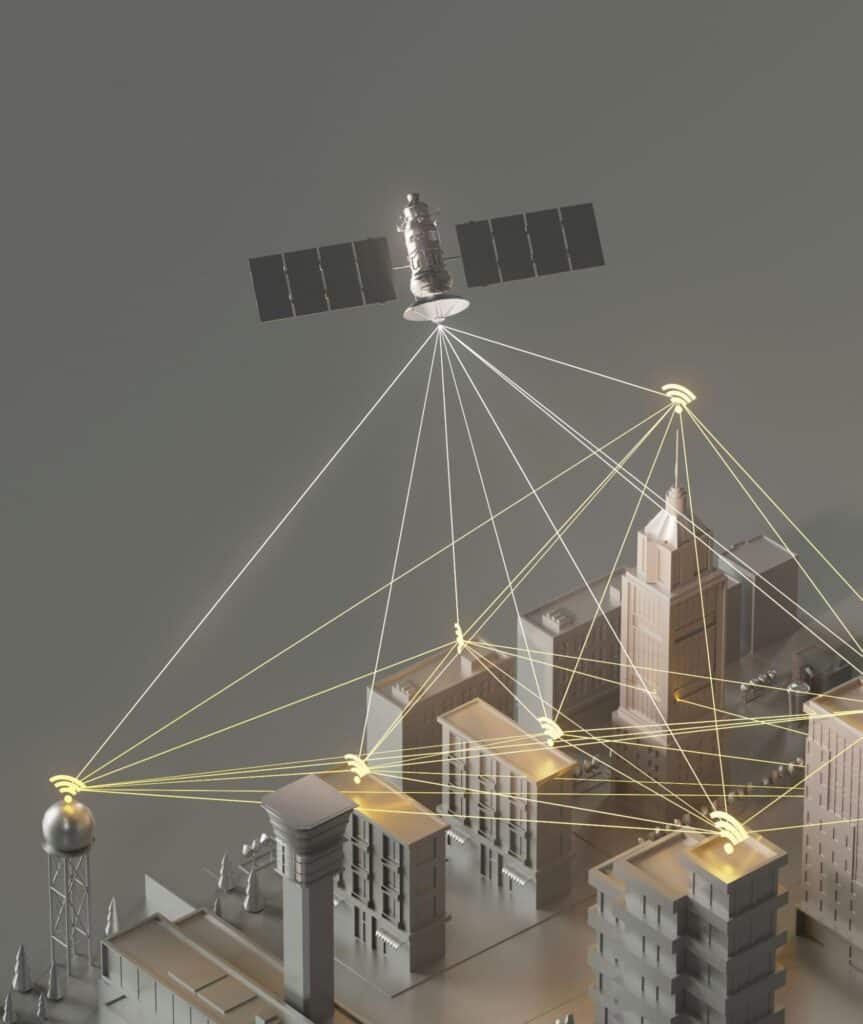In our rapidly evolving world, the intricate web of global economies and societies is more interconnected than ever before. This seamless flow of goods, ideas, and people has undoubtedly brought unprecedented benefits, fueling innovation and growth on a scale previously unimaginable.
As our borders become more porous to accommodate this global connectivity, the imperative for robust local security measures becomes increasingly apparent. Understanding the pivotal nexus between global connectivity and local security requires a focused look at border protection.
The Role of Information Sharing in Border Security
In the realm of modern border security, the exchange of timely and accurate information is key to effective protection measures. Nations globally recognize the pivotal role that information sharing plays in thwarting threats before they materialize on their borders. Through advanced technologies and interconnected systems, law enforcement agencies can now exchange crucial data in real-time, enabling swift responses to emerging risks.
The advantages of international cooperation in intelligence sharing are manifold. Collaborative efforts allow for a broader perspective on security threats, transcending individual borders to create a unified front against transnational crime and terrorism. By pooling resources and expertise, countries can leverage collective intelligence to identify patterns, trends, and potential risks more comprehensively.
The path to seamless information sharing is not without its challenges. Varying legal frameworks, language barriers, and differing data protection regulations pose significant hurdles to efficient collaboration. Striking a balance between transparency and safeguarding sensitive information remains a persistent challenge, requiring diplomatic finesse and robust technological solutions.
Technological Innovations in Border Surveillance
The landscape of border surveillance has been revolutionized by the rapid advancement of technology. Innovations such as drones, sophisticated sensors, and AI-driven systems have emerged as formidable tools in the arsenal of border security agencies worldwide. These technologies offer unparalleled capabilities, enabling real-time monitoring of vast border regions and early detection of potential threats.
Drones, equipped with high-resolution cameras and infrared sensors, provide aerial coverage that was once prohibitively expensive or logistically challenging. They offer a bird’s-eye view of remote and rugged terrains, supplementing traditional surveillance methods with agility and efficiency. Similarly, sensors embedded in the ground or deployed along borders can detect unauthorized movements, alerting authorities to suspicious activities promptly.
The integration of artificial intelligence further augments these capabilities. AI-driven systems can analyze vast amounts of data, automatically identifying patterns and anomalies that may indicate security risks. This proactive approach to threat detection enhances border security by enabling swift and targeted responses.
Yet, alongside these benefits come valid concerns regarding privacy and ethics. The widespread use of surveillance technologies raises questions about the balance between security imperatives and individual freedoms. Striking a balance that ensures effective border protection while respecting privacy rights remains a key challenge for policymakers and technologists alike.

Collaboration and Partnerships in Border Management
Collaboration is a priority for effective and sustainable solutions in border security efforts. Governments, non-governmental organizations (NGOs), and international entities recognize the imperative of joint efforts in managing borders that are not merely lines on a map but critical interfaces of security, trade, and human mobility.
Successful examples of cross-border partnerships abound, illustrating the tangible benefits of collaborative initiatives. Joint task forces between neighboring countries, for instance, can combat transnational crime syndicates that exploit porous borders for illicit activities. Such partnerships not only enhance security but also facilitate legitimate trade and travel by streamlining customs processes and harmonizing regulations.
NGOs play a vital role in this collaborative framework, bringing expertise in areas such as refugee assistance, human rights advocacy, and community engagement. Their involvement ensures that border management strategies are not only effective but also uphold humanitarian values.
Diplomacy and dialogue emerge as essential tools in resolving border disputes and fostering regional stability. By establishing channels of communication and negotiation, countries can navigate contentious issues while preserving peace and security. These diplomatic efforts often lead to mutually beneficial agreements that enhance border management practices and promote economic prosperity in border regions.
Balancing Security with Facilitating Trade and Travel
“The quest to secure borders while facilitating the smooth flow of goods and people presents a delicate balancing act for policymakers and border management agencies,” says a security expert at global border security leader, Affaire Securiport. “Striking this balance requires innovative strategies that prioritize security without creating undue obstacles to legitimate trade and travel.”
One key approach is the adoption of risk-based methodologies in border management. Programs such as trusted traveler initiatives and pre-clearance procedures allow authorities to focus resources on high-risk individuals and shipments while expediting the processing of low-risk travelers and goods. By leveraging intelligence and data analytics, border agencies can identify potential threats more effectively, enhancing security without causing significant delays.
Efficient border procedures yield substantial economic benefits. Streamlining customs processes and reducing border wait times can lead to increased trade volumes and investment. Excessive security measures, on the other hand, have the potential to impede the flow of goods and deter tourism, negatively impacting local economies.
Navigating the evolving landscape of border management, it becomes evident that the pursuit of security must be balanced with the imperative to facilitate legitimate trade and travel. By implementing risk-based strategies and embracing efficient procedures, countries can achieve the dual objectives of enhanced security and economic prosperity at their borders.
Looking to the future, the interconnected nature of global security demands a continued commitment to international cooperation and dialogue. Borders are no longer static lines but dynamic interfaces where the imperatives of security intersect with the realities of interconnected economies and societies. It is essential to leverage global connectivity as a tool for enhancing border protection while steadfastly upholding fundamental rights and freedoms.
The path ahead calls for innovative solutions that balance the need for security with the imperative of facilitating legitimate trade and travel. By embracing technological advancements, fostering collaborative partnerships, and maintaining a nuanced approach to risk management, countries can navigate the complexities of border management in an era defined by global interdependence.
Published by: Holy Minoza







